Why Choose FIBC Ssuper Sacks?
Flexible Intermediate Bulk Containers (FIBCs) Ssuper Sacks are strong, high-capacity bags specifically engineered for the safe and efficient storage and transport of a diverse array of dry, granular, or powdered materials. These bags are essential in industries that require reliable bulk handling solutions. Typical applications include:
-
Agricultural Products
-
Animal Feed
-
Chemicals
-
Construction Materials
-
Food Ingredients
-
Fertilisers
-
Grains & Seeds
-
Minerals
-
Plastic Pellets
-
Raw Materials
-
Recyclable Materials
-
Sand and Gravel
Product Features
-
Material Composition
Made from different materials, mainly polypropylene, which influences their suitability for various types of bulk materials and environments.
-
Durability and Strength
Engineered to withstand heavy loads between 500 kg and 2,000 kg, ensuring safe material storage and transport without compromising bag integrity.
-
Capacity and Size Variations
Available in various capacities and sizes, these bags allow for flexibility in the storage and transportation of bulk goods depending on the specific needs of the application.
-
Customised Design
Customised with features like prints, liners, and vents to meet specific product characteristics and handling requirements, thereby enhancing efficiency and safety during use.
-
Static Electricity Management
Designed with different features to manage static electricity. Types A, B, C, and D cater to varying levels of static risk, from non-conductive to conductive materials.
-
Safety Standards
Each type has safety standards related to its use, such as limitations on handling flammable materials and requirements for grounding in specific environments.
Type of FIBC Ssuper Sacks
Selecting the appropriate FIBC Ssuper Sack is critical for safeguarding materials and maintaining compliance with industry safety standards. Each type offers specific material properties and features engineered to effectively manage static electricity.
Type A
Fabric Construction: Woven polypropylene
Characteristics: Lightweight, strong, UV and moisture resistant
Ideal Use: Bulk storage of dry, non-hazardous materials like sand, grains and aggregates.
Safe Use Guidelines: Verifty the load capacity, ensure the maximum weight is not exceeded, store bags in a dry location to prevent mold formation and material degradation.
Prohibited Use: Do not use these bags for transporting hazardous materials or liquids under any circumstances.
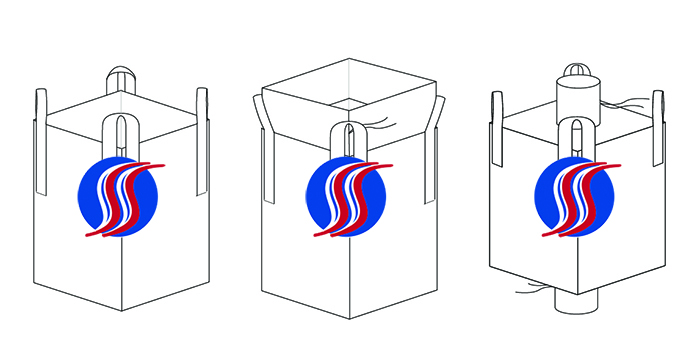
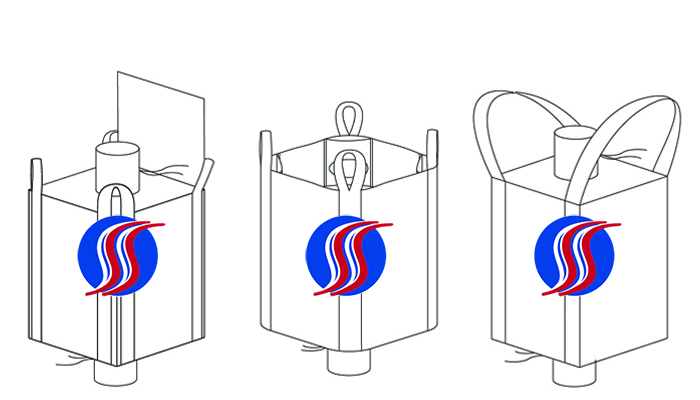
Type B
Fabric Construction: Treated woven fabric reduces static discharge.
Characteristics: Safe for environments where static electricity is a risk.
Ideal Use: Chemicals and materials needing static control such as some pharmaceuticals and powders.
Safe Use Guidelines: Ensure bags are grounded at all times in static sensitive environments. Follow the manufacturer's specification for load restrictions and safe handling.
Prohibited Use: Do not permit use of these bags with flammable materials unless expressly engineered for that purpose.
Type C
Fabric Construction: Conductive woven fabrics incoporating advanced grounding features.
Characteristics: Dissipates static to prevent ignition of flammable materials.
Ideal Use: High risk flammable or explosive powders.
Safe Use Guidelines: Secure grounding connections during both filliing and emptying. Inspect each bag before use, paying close attention to grounding components.
Prohibited Use: Do not use bags for materials that require electrostatic discharge control.
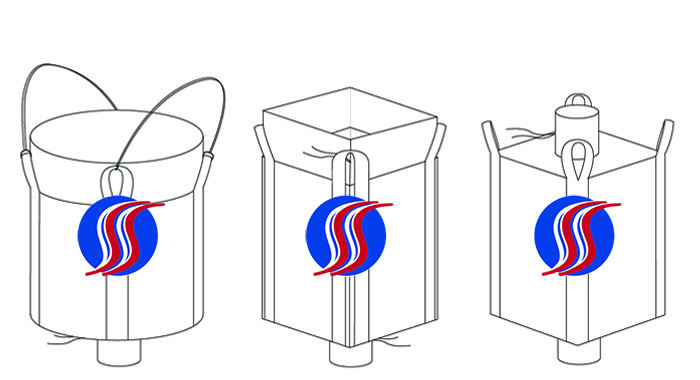
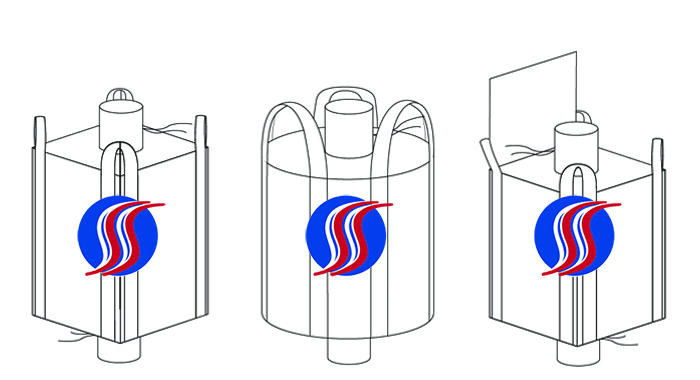
Type D
Fabric Construction: Made from antistatic or static dissipative materials, often with added layers for dust containment.
Characteristics: Fully dust proof and designed for safe handling of staticgenerating materials.
Ideal Use: For fine powders, hazardous chemicals and materials with an explosion risk.
Safe Use Guidelines: Ensure bags are sealed and stored to prevent exposure to moisture or dust. Follow all recommended handling procedures for hazardous materials.
Prohibited Use: Do use these bags for storing corrosive chemicals unless explicitly specified for such use.
Filling and Discharge
FIBC bulk bags come in various top and bottom options to suit different filling and discharging needs.
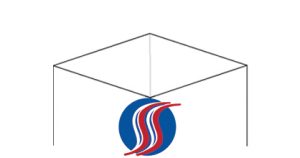 Top Open
Top Open
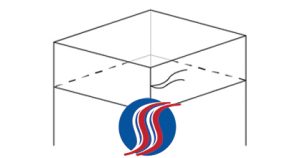 Top Duffle
Top Duffle
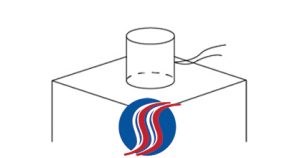 Top Spout
Top Spout
Bottom Flat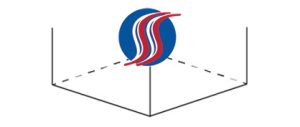
Bottom Spout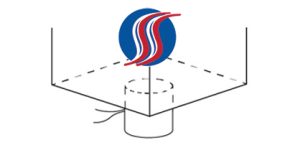
Bottom Spout with Flap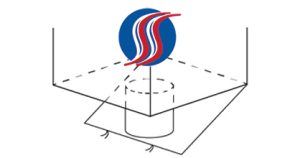
Body Construction
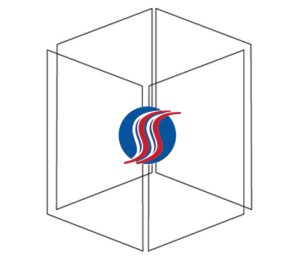 4 Panels
4 Panels
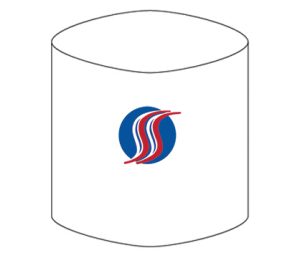 Circular
Circular
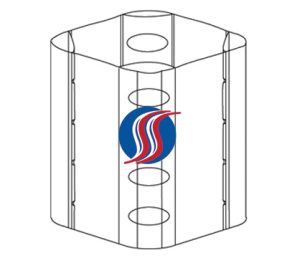 Baffle
Baffle
Product Specification
Fabric
Dimension
Lifting Belts
Liner Materials
Liner Shape
Liner Attachments
Liner Features
Coating
Safe Working Load
Safety Factor
Document Pouch
Printing
100% Virgin, Recycled Grade, Antistatic, Conductive
Customisable Length x Width x Height
2 Loops, 4 Loops, Cross Corner, Side Seam, Stevedore
Polyethylene (PE), Polypropylene (PP), Aluminum Foil, EVOH
Form Fit, Tube, Gusset, Baffle
Loose, Tabbed, Sewn In
Antistatic, Conductive, Food Grade
UV Resistant, Lamination
From 500kg to 2,000kg
3:1, 5:1, 6:1, 8:1
A4, A5, Fully Customisable
Up to 4 Colours

Type B FIBCs
Specifically designed to limit the build-up of static electricity. They feature a minimum breakdown voltage, making them safer for use in environments where there is a moderate risk of static discharge. However, they still should not be used for handling flammable materials.
INNER LINER
HDPE, LDPE, LLDPE and EVOH are some of our Inner Liners that help to prevent moisture and contamination in the Ssuper Sack. They are made with superior raw materials and have high quality standard of consistent thickness, seals and durability. The Inner Liner can be sewn-in, glued in place or inserted into the Ssuper Sack. A basic square base with four lifting loops sewn across the corners of the bag, is an economic construction for easy handling. The polypropylene fabric is designed to meet 5:1 and 6:1 safety factor. The standard Ssuper Sacks are excellent for a variety of application and custom designs are also available. Ssuper Sack Construction: Circular, Baffle, Four Panel, U-Panel Fabric Types: Type A - Normal, Type B - Anti-Static, Type C - Electrically Conductive, Type D - Static Dissipative Application Types: Multi-trip Sacks, Food Grade Sacks, Construction Sacks, Chemical Sacks, High temperature Sacks.

Type A Ssuper Sack
Type A Ssuper Sack are made from polypropylene and are suitable for the safe handling of dry bulk materials that do not pose a risk of static discharge.

Type B Ssuper Sack
Type A Ssuper Sack is specifically designed to limit the build-up of static electricity. They feature a minimum breakdown voltage, making them safer for use in environments where there is a moderate risk of static discharge. However, they still should not be used for handling flammable materials.

Type C Ssuper Sack
Type C Ssuper Sack is made from conductive materials and are equipped with conductive threads that help dissipate static electricity.
Ideal for transporting flammable products in environments where static charge can be a hazard. They must be grounded during use to ensure safety.

Type D Ssuper Sack
Type D Ssuper Sack is made from static dissipative materials and can safely be used in environments with a high risk of static discharge without the need for grounding. They provide a level of protection against static build-up while maintaining the flexibility and functionality of traditional FIBCs.
Twitter Analytics.
Data to Drive New Sales.
Transform your social media data into actionable insights. Our platform analyzes engagement patterns, audience demographics, and content performance to help you optimize your Twitter strategy and increase conversions.

FAQ
What is a bulk bag?
FIBCs Terminology
FAQ
What is a bulk bag?
